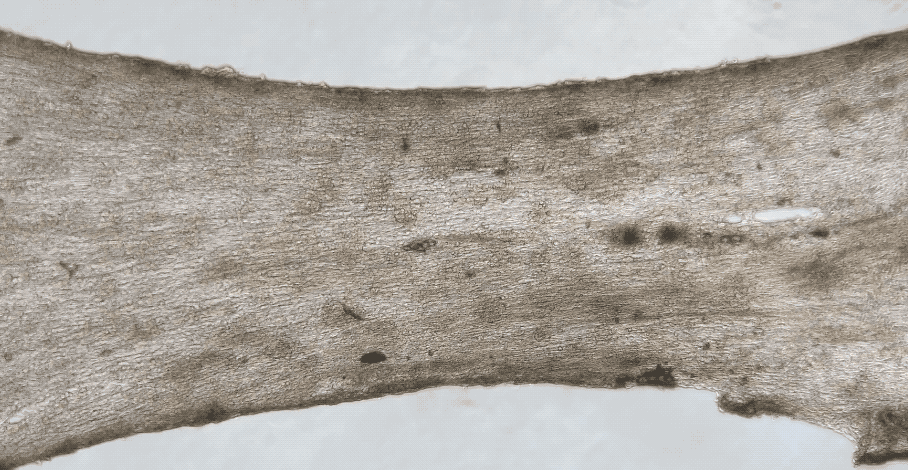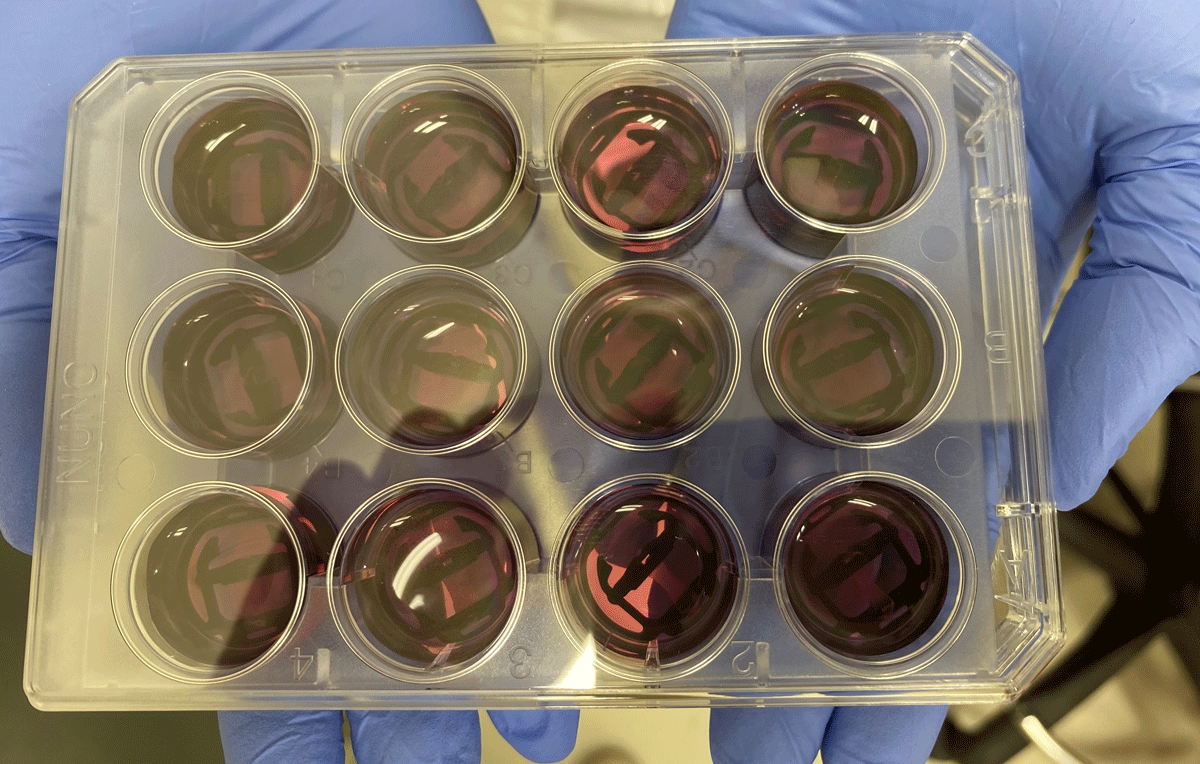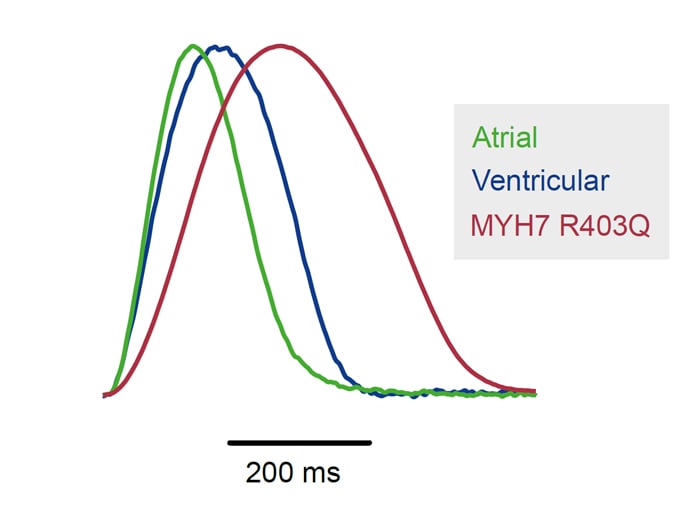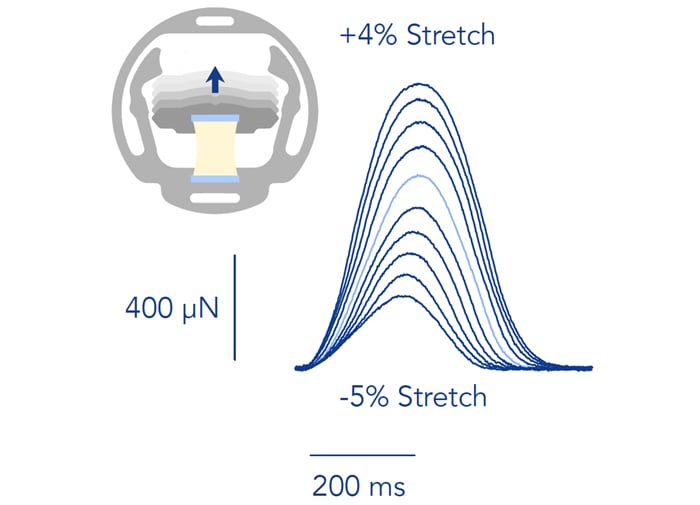Perfecting In Vitro
Cardiac Contractility
to Better Predict
Human Physiology.
What We Do
Propria conducts in vitro cardiac contractility testing of disease models and new therapeutics. Scientists and pharmaceutical companies send their new compounds or gene therapies directly to Propria for one of our detailed testing services:
Contractile Profiling
to better predict human pharmacology.
Functional Cardiac Reserve
Deeper insights into cardiac function and
physiological adaptability.

Stop missing the full picture
Propria has developed a new class of human engineered heart tissues (hEHTs) that enable comprehensive contractile profiling with unprecedented realism and technical rigor. We are cardiac muscle physiologists with an extraordinary commitment to understanding and recapitulating muscle function. This has culminated in a system that produces incredibly rich yet simple-to-digest datasets which enable you to see the full contractile profile of human tissues.
Harness the power of realistic human twitch behavior
Propria hEHTs possess both a cellular composition that closely resembles that of the adult human myocardium and isometric twitch kinetics that mimic human data more reliably than rodent model systems. This realistic human twitch results in meaningful and predictive data, de-risking compounds earlier in the drug discovery process.


Better tissue design means more reliable data
Accurate profiling of treatment regimes is technically demanding, and Propria scientists have spent years refining the design of our hEHTs and specialized instrumentation to produce robust and replicable datasets. Importantly, Propria hEHTs are thin, ribbon-like structures that are within the diffusion limit of oxygen – enabling us to achieve longer-term contractility testing than possible with other EHT systems. Built-in quality control metrics of tissue performance ensure accurate, reliable, and consistent characterization.
Get input from cardiac muscle experts
Propria’s services not only offer comprehensive contractility data outputs, but also include data analysis and interpretation by highly-trained PhD-level scientists with many years of experience in cardiac muscle physiology.


